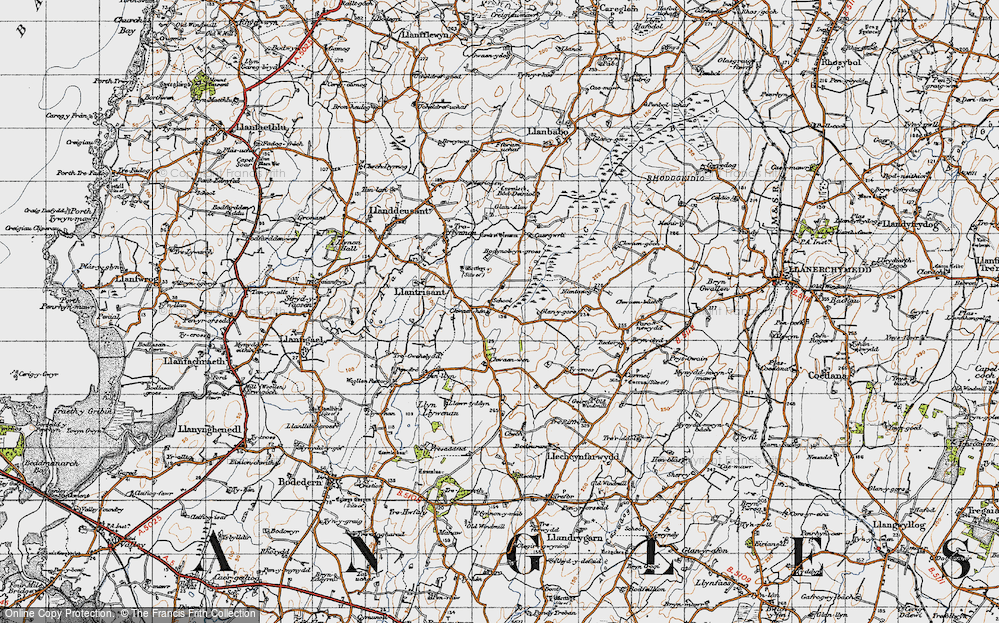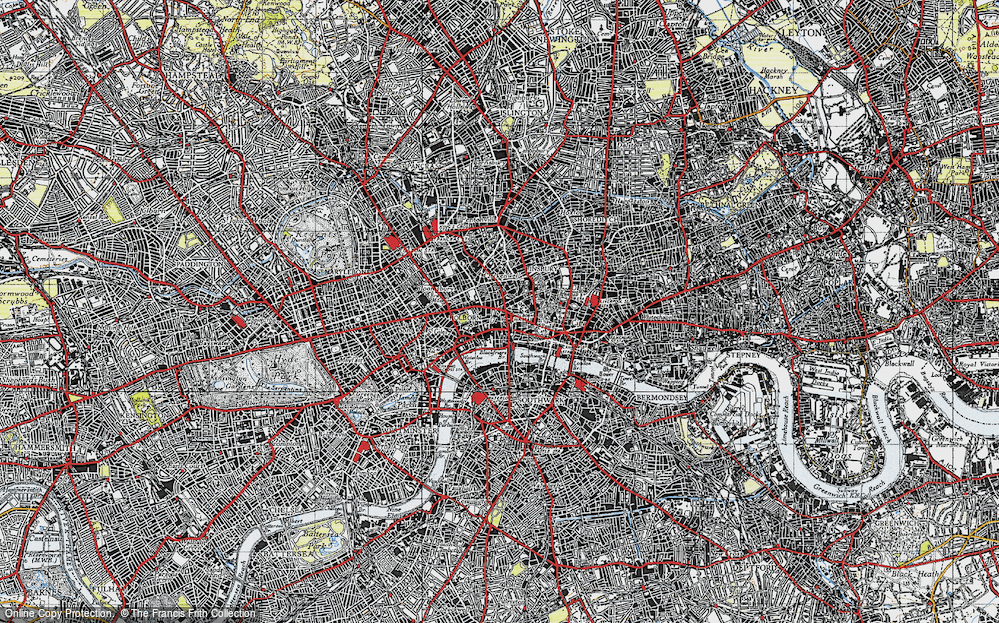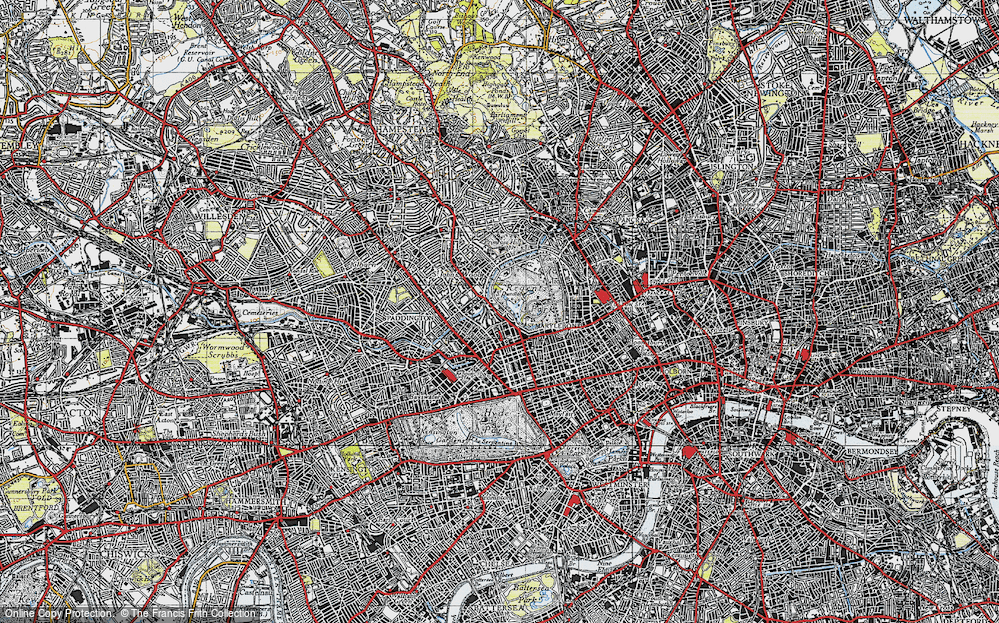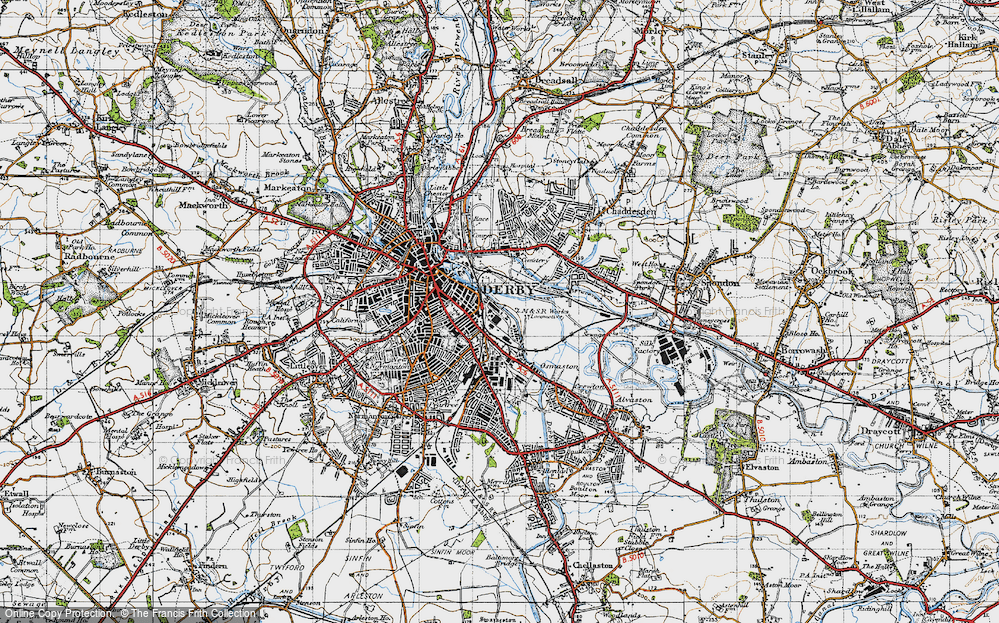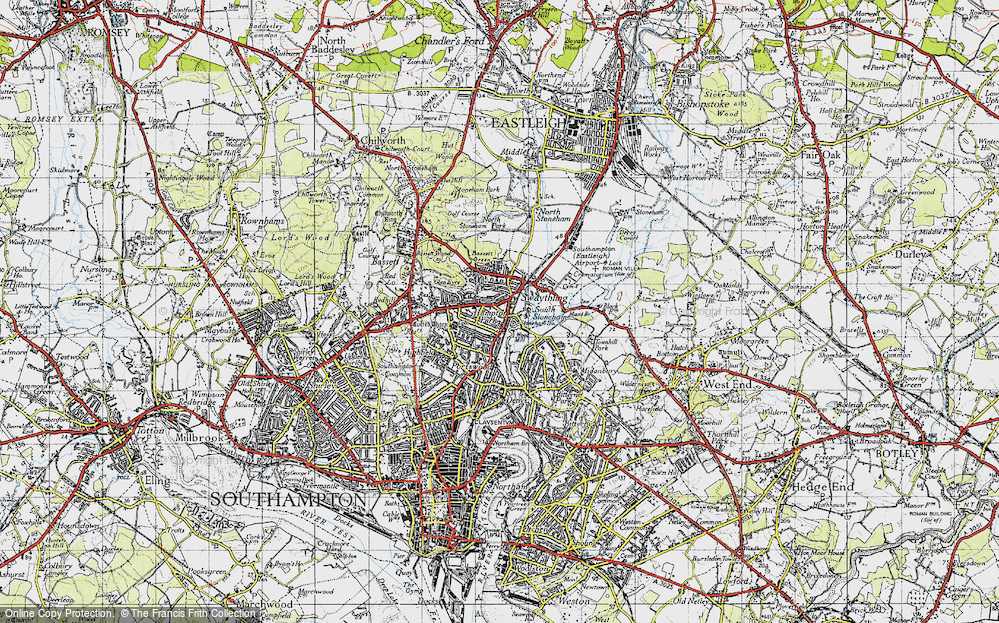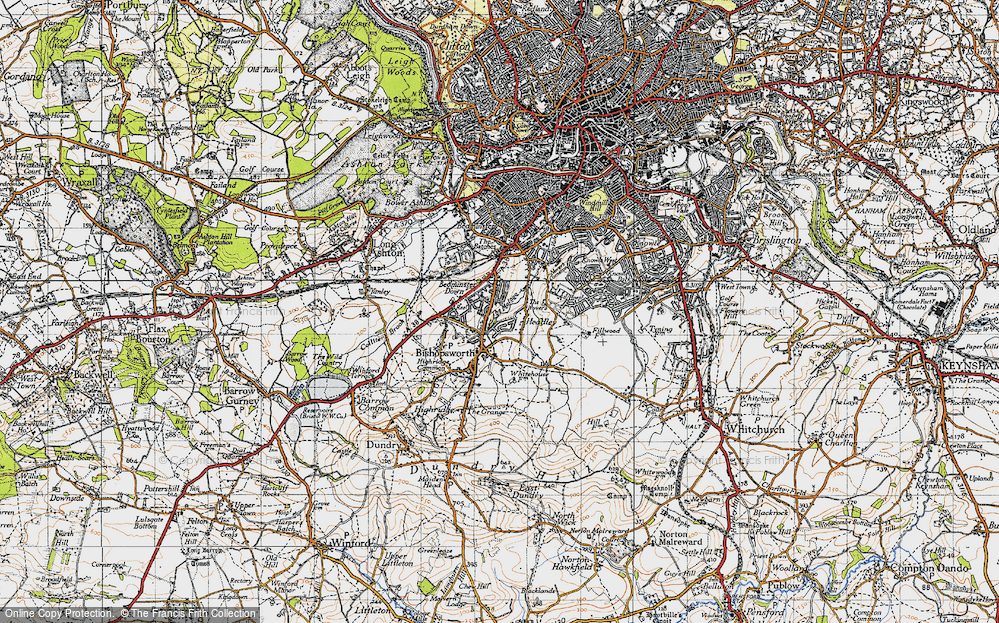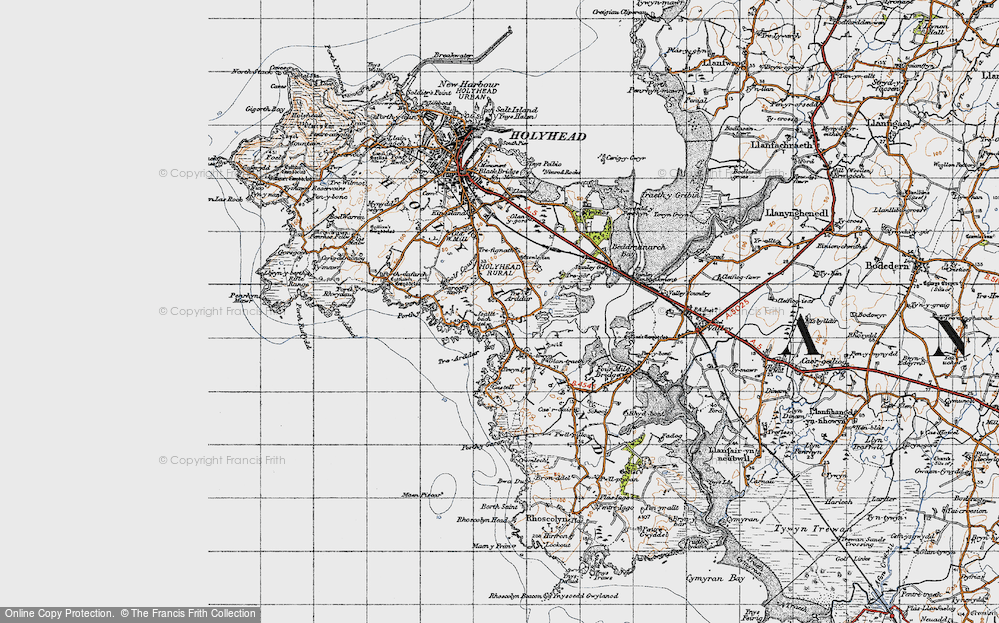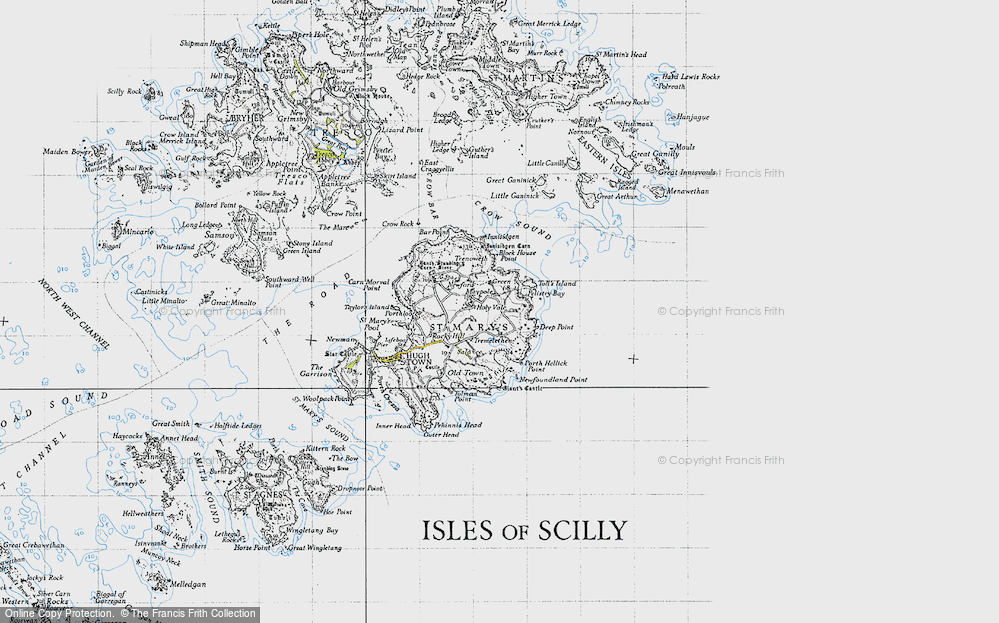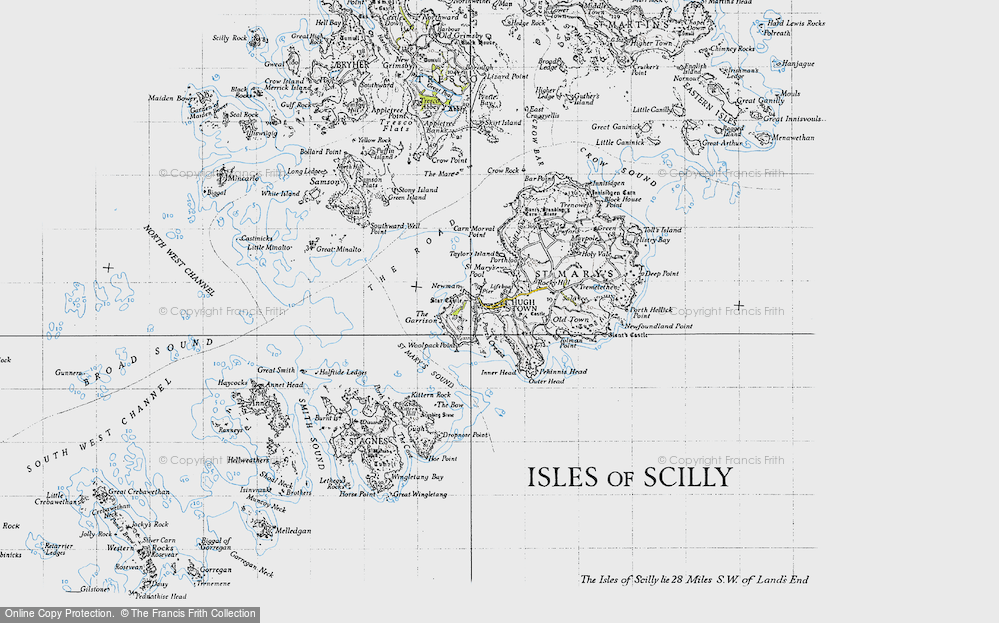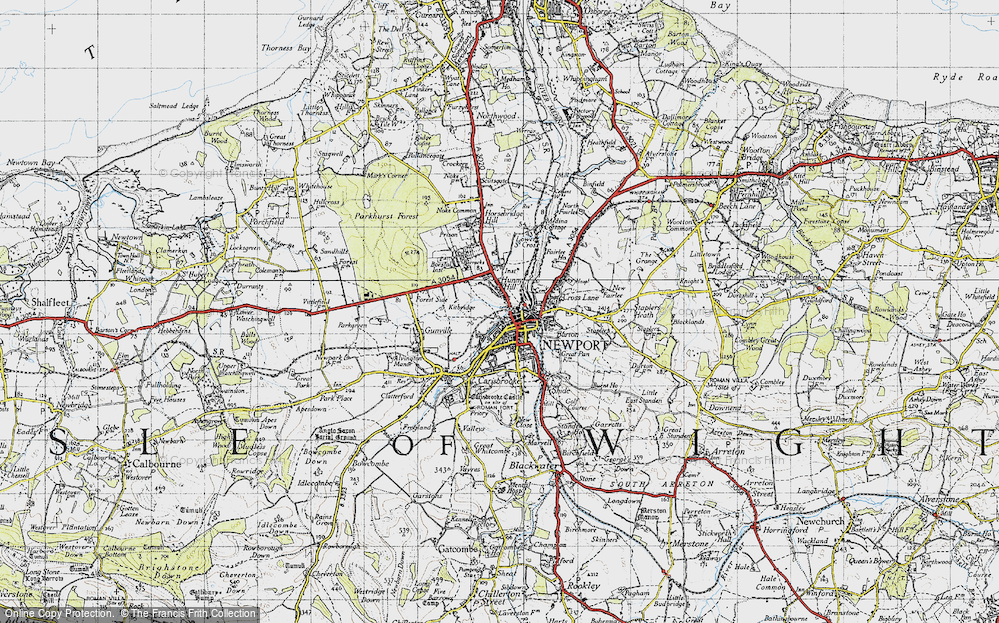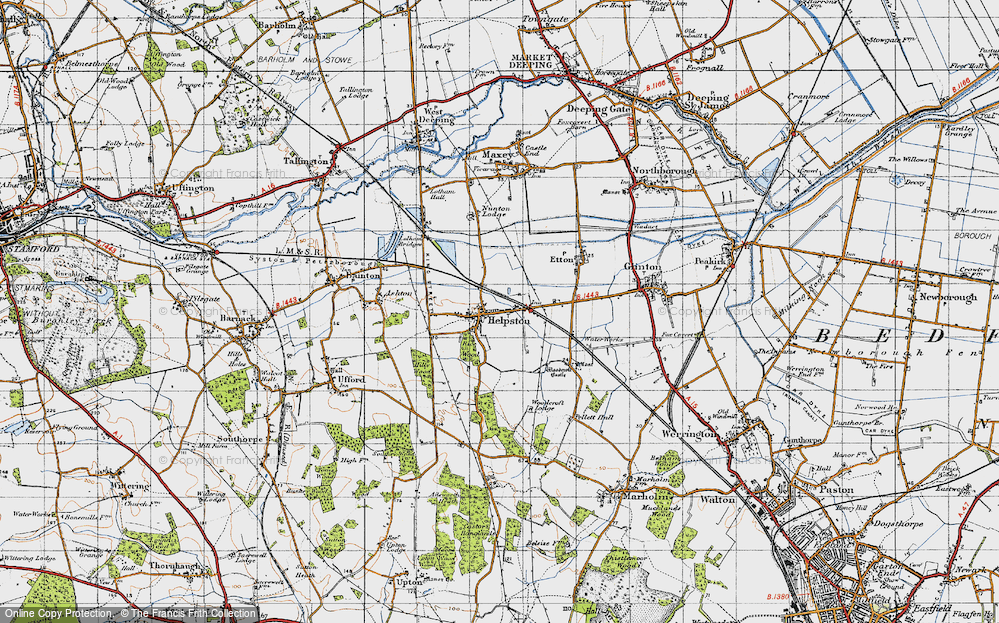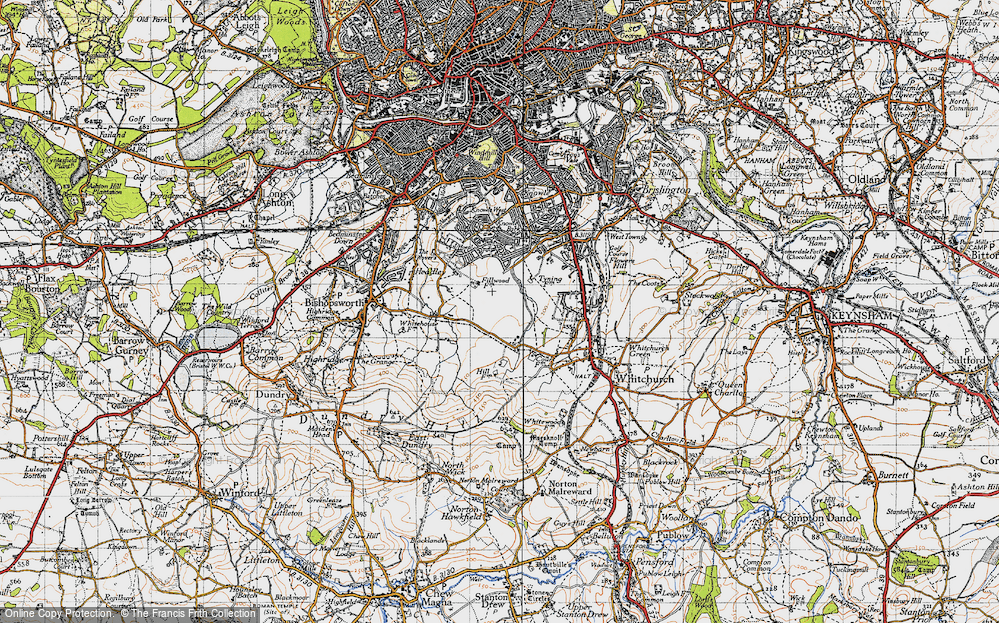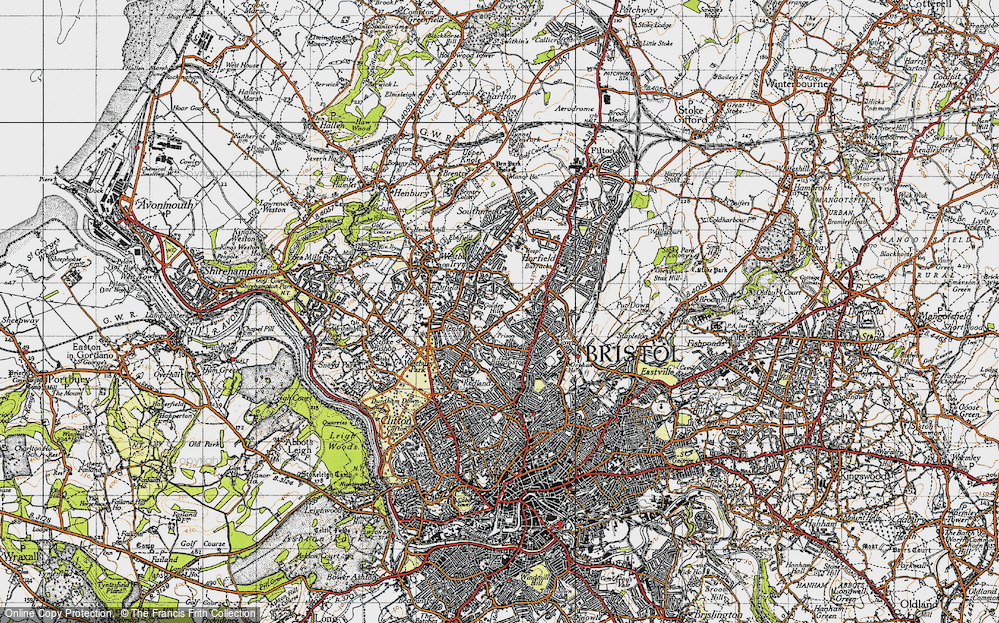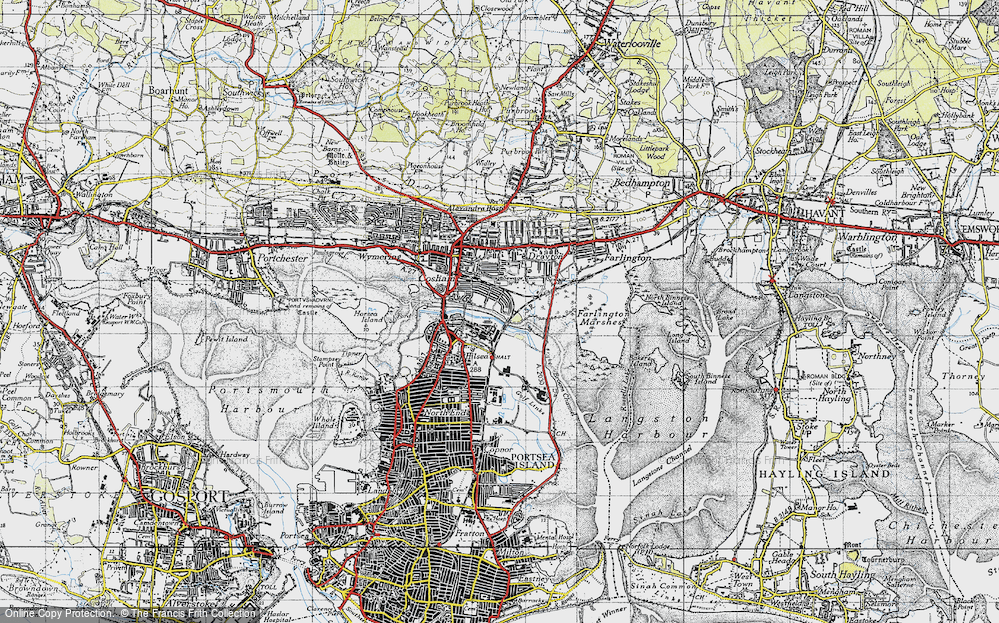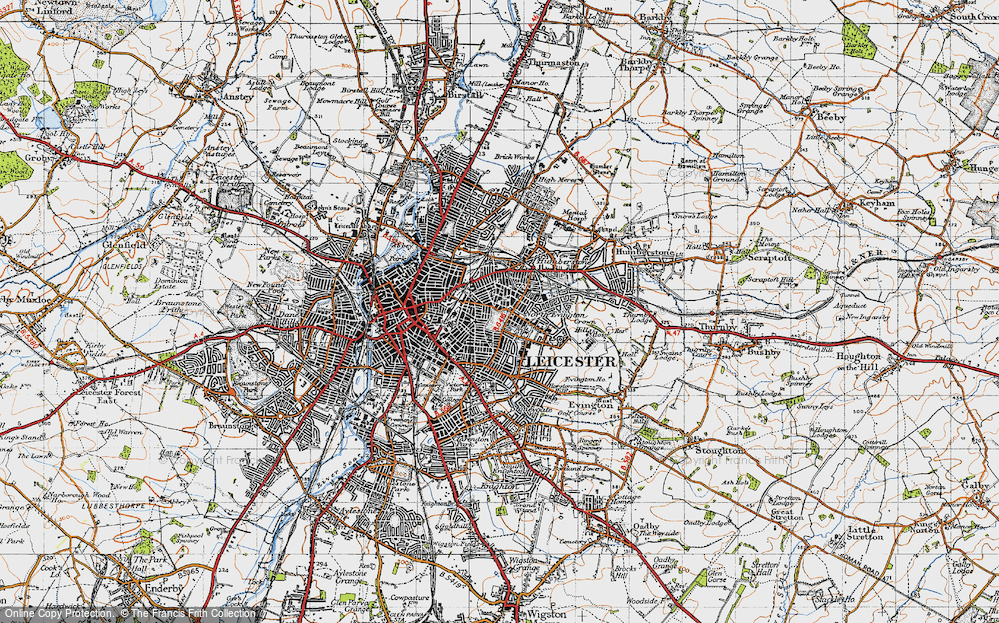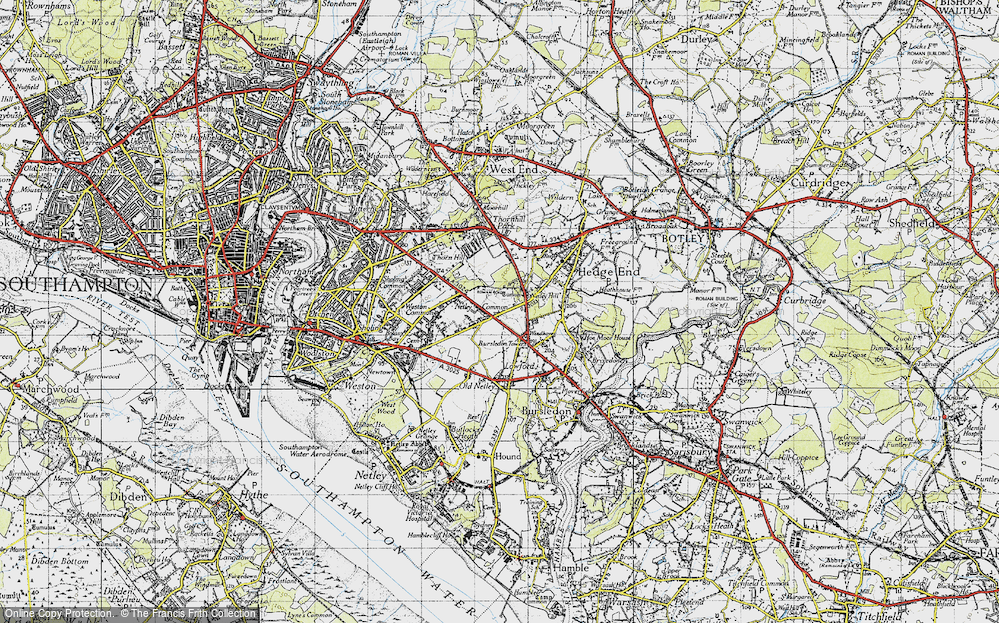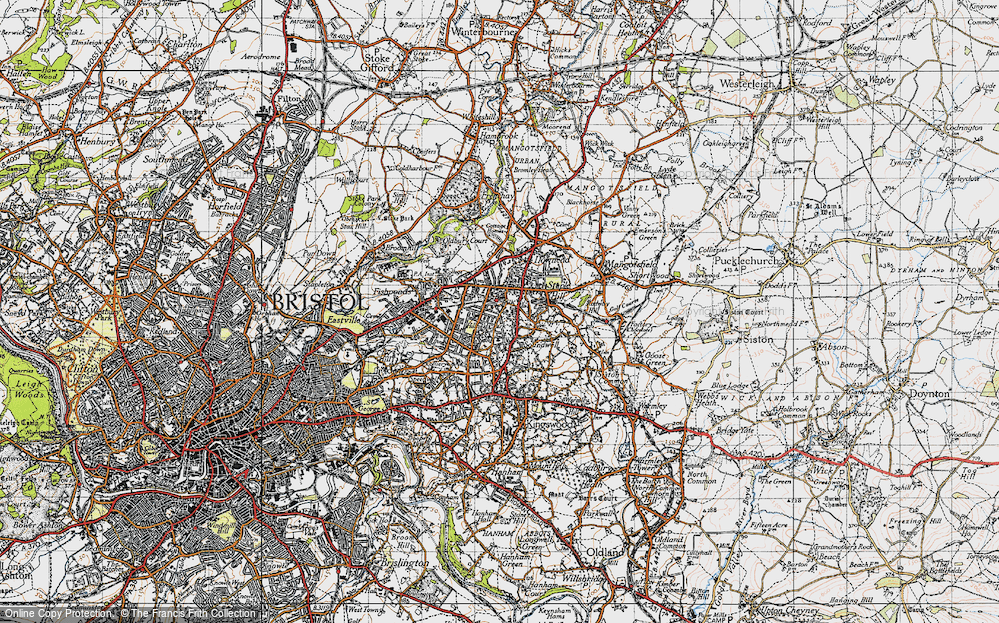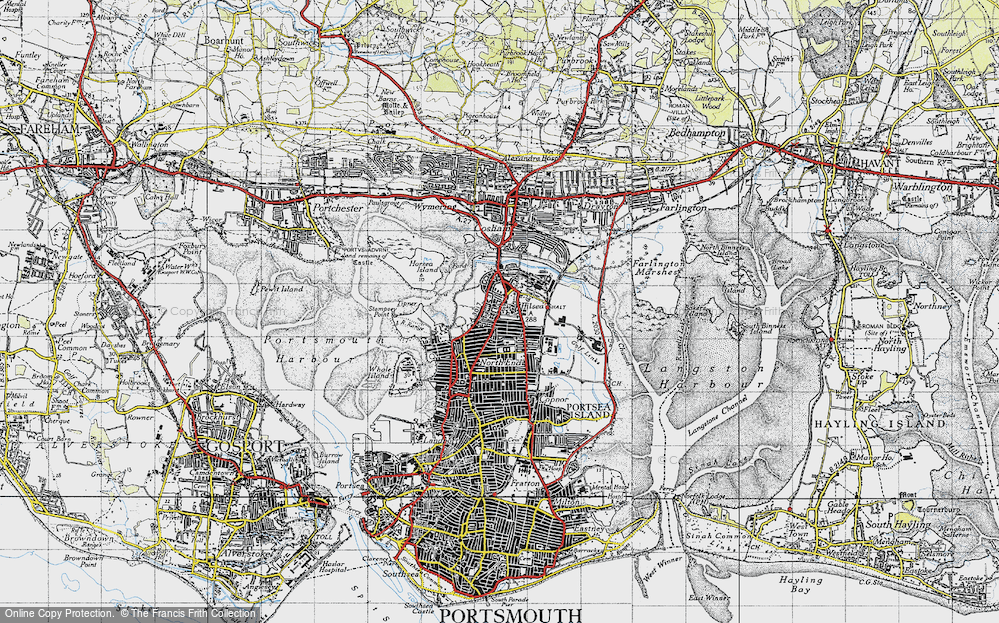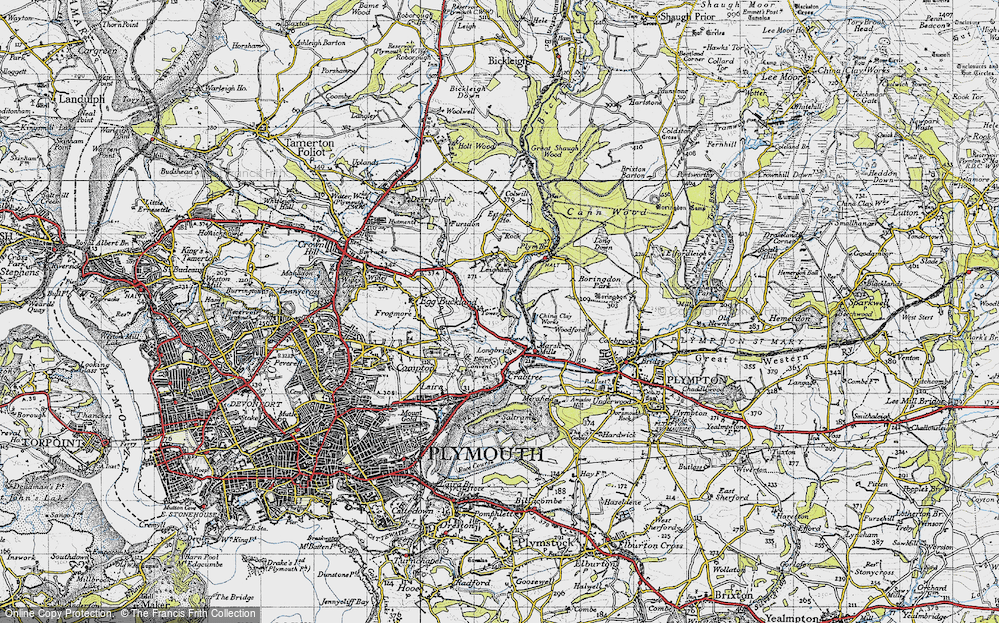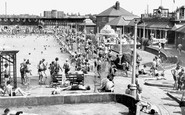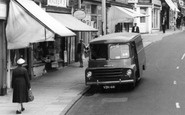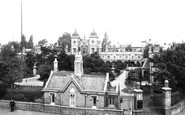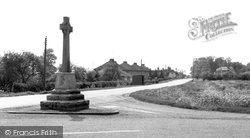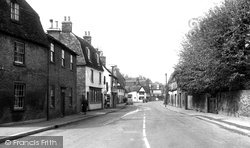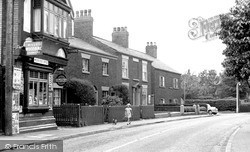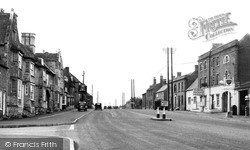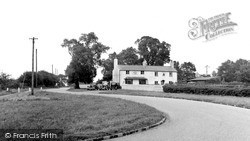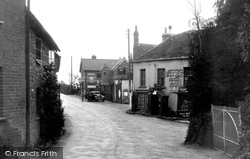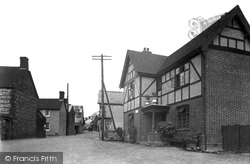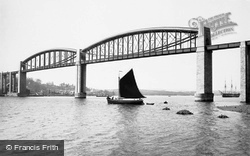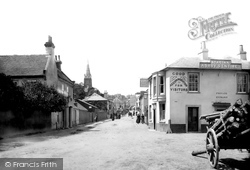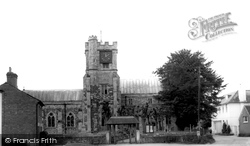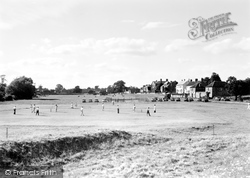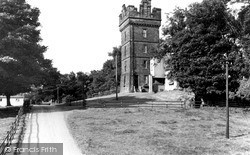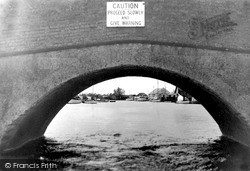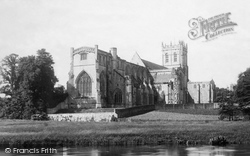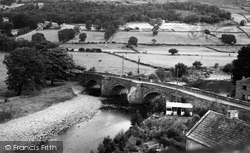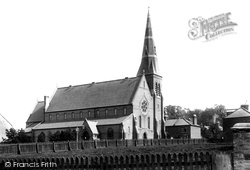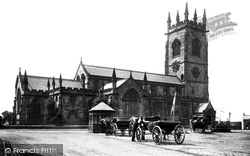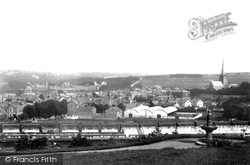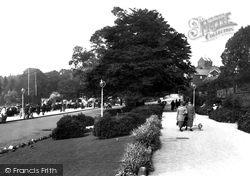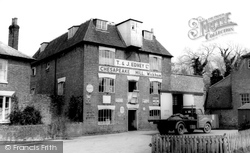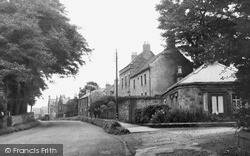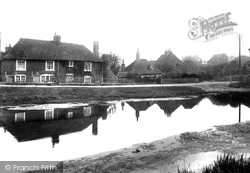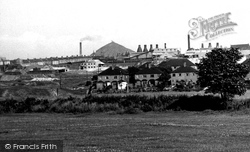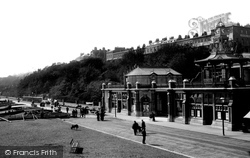Places
Sorry, no places were found that related to your search.
Photos
Sorry, no photos were found that related to your search.
Maps
7,034 maps found.
Books
163 books found. Showing results 3,121 to 3,144.
Memories
22,912 memories found. Showing results 1,301 to 1,310.
Plough Inn
The Plough Inn, in High Bentham was bought by great grandfather Harold Slinger in the early 1900s. He then refurbished it in to two cottages. Harold Slinger was also the registrar for birth deaths and marriages as I recall. After ...Read more
A memory of High Bentham in 1970 by
The Turner Families Of Ditchling
It's been a long struggle but we have achieved much regarding searching the family history of the Turners of Ditchling, through their exploits at winning in cricket, horse shows, vegetable competitions etc. They ...Read more
A memory of Ditchling in 1890
A Happy Childhood
I lived in Jubilee Cottages in Nethercote with mum and dad. My dad, Charlie Wilson, collected milk from the farms in the area, his lorry being based at Swepstone Dairy. Mum, Florence, worked in the dairy making Stilton ...Read more
A memory of Newton Burgoland in 1955 by
More Of Enfield
Swimming at the open air pool was so compulsory at George Spicer and then Kingsmead schools but then we grew a little and in the holidays worked at Pearsons and danced at the Court above Burtons in the market square. Those days it ...Read more
A memory of Enfield in 1970 by
Bicycles And A Happy Hunting Ground.
Being the offspring of parents otherwise engaged, and only partially supervised by a succession of Nannies, whose only concern was that we should be clean and respectably dressed when we got up to mischief, ...Read more
A memory of New Milton in 1950 by
Hazel Slade House Racing Stables
I was an apprentice jockey with master Robert Charles Ward from 1954 to 1960, then I went in the Forces, then I emigrated to Australia and now live in Victoria, in Langwarrin. With reference to Mrs Gillian ...Read more
A memory of Hednesford in 1954 by
Boddington School Maureen Simpson.
I attended the school from 1946-1951. The teacher at first was Miss Semper, who I do not remember too well. After her came Mrs. Pat Bishop, who was a lovely lady, she and her husband lived in the school ...Read more
A memory of Upper Boddington in 1946 by
Waterman's Almhouses
As a small child, I lived in Beckenham, and we used visit my grandmother who lived in a flat in Queen Adelaide Court. From her lounge window we could see the Almshouses. At that age I did not have any real understanding of what ...Read more
A memory of Penge in 1965 by
Pig Sty Peache Road
I'm not sure of the year, but a pig sty used to stand where there are now flats on the left hand side of Peache Road on the corner going towards Downend. I used to hear the pigs squealing when I was quite ...Read more
A memory of Downend by
Teenage Years In Fareham
I lived and worked in Fareham when I moved with my family from Hertfordshire. My father and uncle worked for Fareham District Council. I remember going to the Odeon and Embassy cinemas on many occasions with my fiance. I ...Read more
A memory of Fareham in 1953
Your search returned a large number of results. Please try to refine your search further.
Captions
9,654 captions found. Showing results 3,121 to 3,144.
The war memorial at the junction of Hollidays Road and the main Earith to St Ives road was moved in early 1976 after a lorry hit it.
This picture must have been taken from the middle of the main Huntingdon to Royston road at the junction with the road to the Offords.
Was this young Moore resident off to spend her pocket money at the local Post Office?
The hotels and restaurants in the High Street offered a welcome break to travellers, who could also fill up their tanks with petrol from the single petrol pump at the garage.
Situated at the south-eastern edge of the Chiltern Hills, Woodcote stands about 500ft above sea level.
Stourpaine stands below the Dorset summit of Hod Hill, with its Iron Age hillfort overlooking the River Stour below.
Despite a 20th-century road sign which carried the name '6d Handley', the Sixpenny really has nothing to do with money at all.
The rich fields of the Tamar Valley have long been the source of Plymouth's fruit and vegetables.
Standing at the junction of several ancient roads, Lyndhurst has attracted travellers for centuries. Many of the town's inns would have been established for these traditional wayfarers.
The church of St Mary is Early English in style and some eight hundred years old.
An impromptu cricket match takes place on The Green at Aldbrough St John on a glorious summer's day.
Although it is set in the heart of the largely industrialised Aire Valley, Steeton retains its air of rural tranquillity.
This is one of the very few medieval bridges surviving on the Broadland rivers.
It was built after the Normans demolished an original Saxon church in 1095.
This view shows the sturdy, buttressed bridge over the Swale at Grinton, which is situated on the south bank of the River Swale nine miles west of Richmond.
The Early English-style brick Christ Church in Fairfield Road was just 23 years old at the time of this photograph. On its 25th anniversary in 1901, a school was added.
Dedicated to the Blessed Virgin Mary, the 14th-century parish church was rebuilt between 1858 and 1860 at a cost of £15,000; some 14th-century roof timbers were salvaged and reused.
Cockermouth is situated where the River Cocker joins the River Derwent on its way to the Irish Sea at Workington.
The provision of the public gardens of the Promenade at Bowness also followed the coming of the railway in 1847, and the increased popularity of the Lake District as a health-giving holiday resort for
Chesapeake Mill dates back to 1820 and was built by John Prior, a miller, partly of woodwork from an American warship of that name, captured by the much smaller British HMS 'Shannon' off Boston Harbour
Surviving accounts books for 1458-61, 1467-68, 1476-77, 1500 and 1509 show that the Whickham mines were contributing considerable revenues to the bishop.
The river has at various times proved indispensable to local industry. In 1949 Wiggins Teape reopened a local paper mill here, which specialised in producing tracing paper.
The industrial landscape of Burslem was dominated by bottle kilns and slag heaps. At this time, the Staffordshire potteries were employing about 60,000 workers.
Royal Terrace with the Royal Hotel on the eastern corner can clearly be seen at the top of the cliffs. Boats are drawn up on the beach close to the promenade.
Places (0)
Photos (0)
Memories (22912)
Books (163)
Maps (7034)


